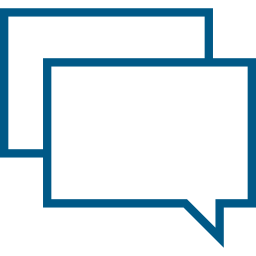Introduction
Evaluation, Measurement, Implementation and Adaptability
In this module, you will explore the data you need to track, methods of measuring the impact of your programs, tips for reporting to key stakeholders and variables you may need to consider in applying the Long-Term Healing Model in your community.










